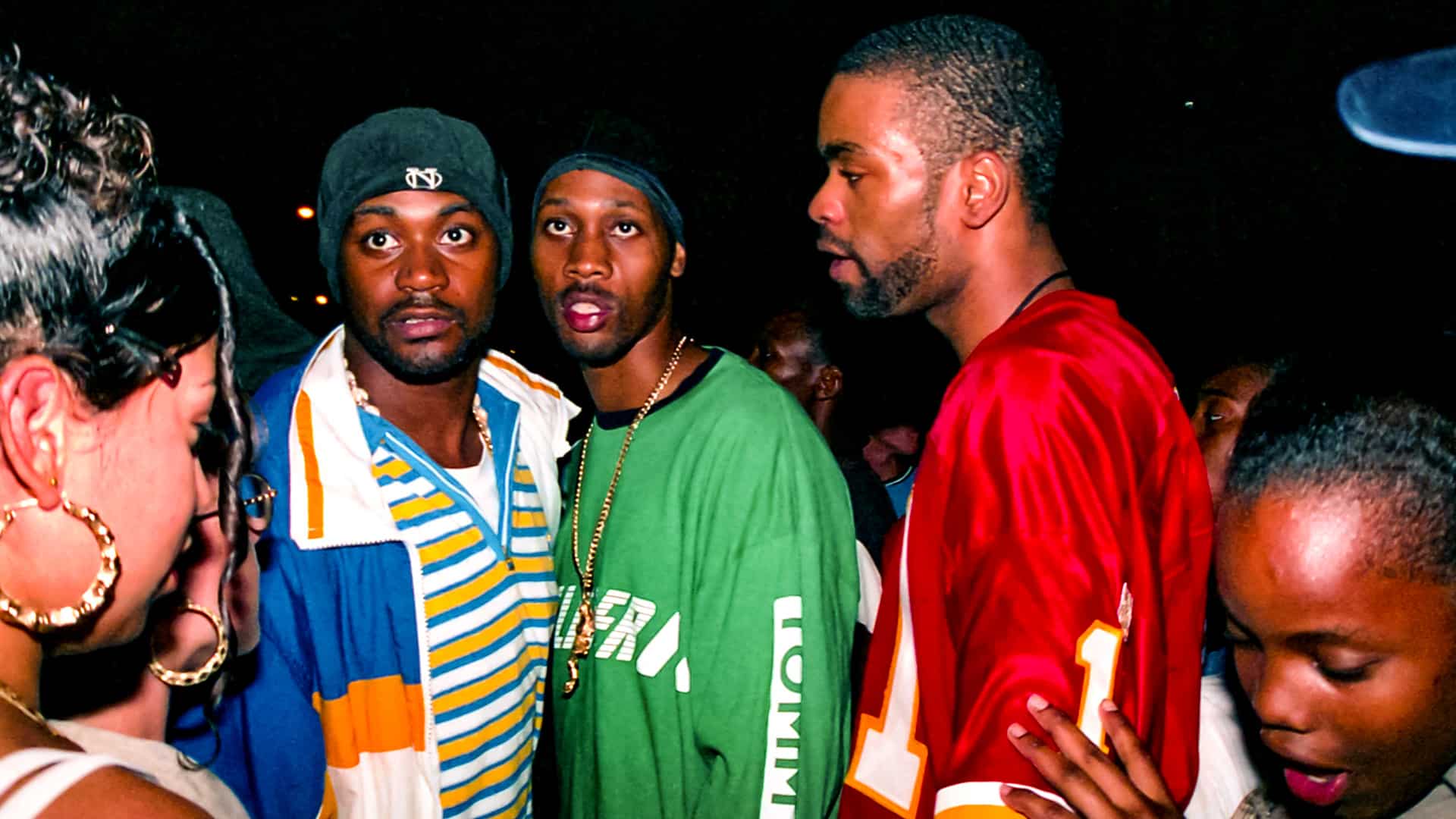T. Eric Monroe unearths a treasure trove of 1990s icons including The Notorious B.I.G., Tupac Shakur, Wu-Tang Clan, Nas, Erykah Badu, and the Fugees.

You’re getting blind.
Don’t miss the best of visual arts. Subscribe for $9 per month or $108 $90 per year.
Already suscribed ?



